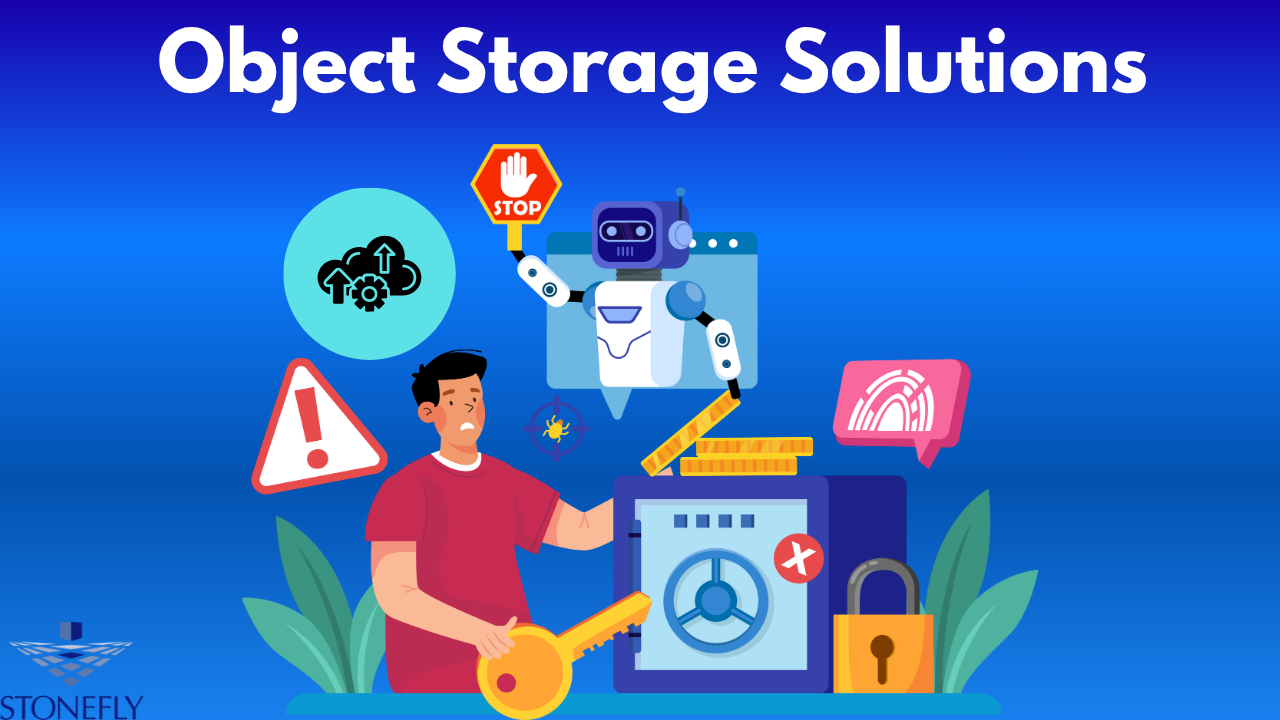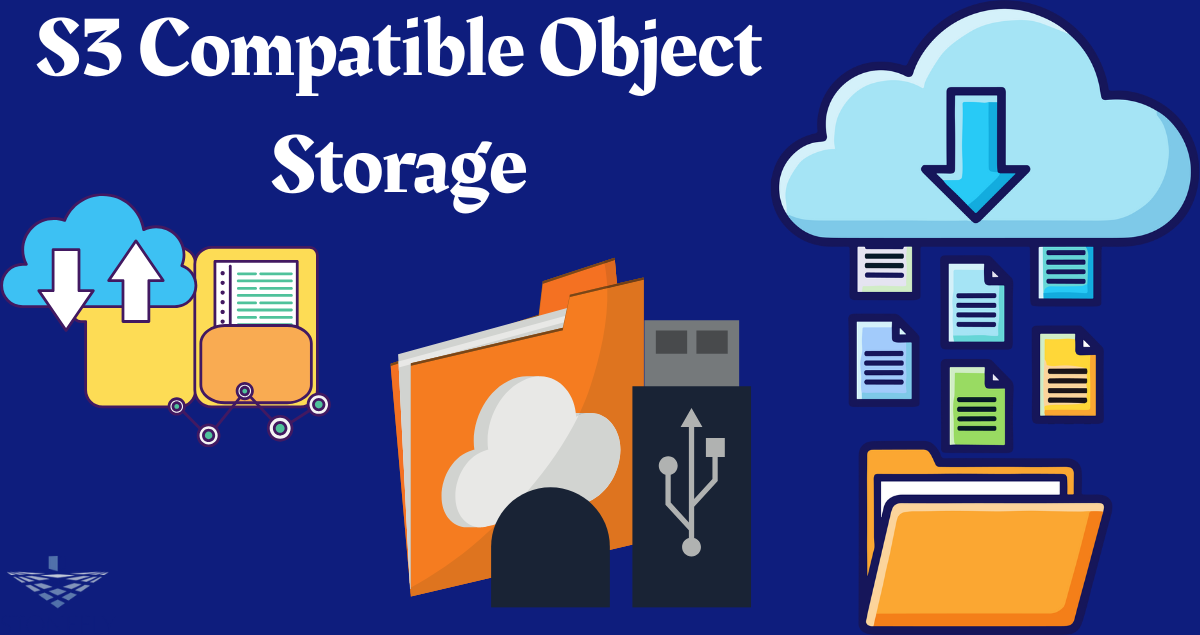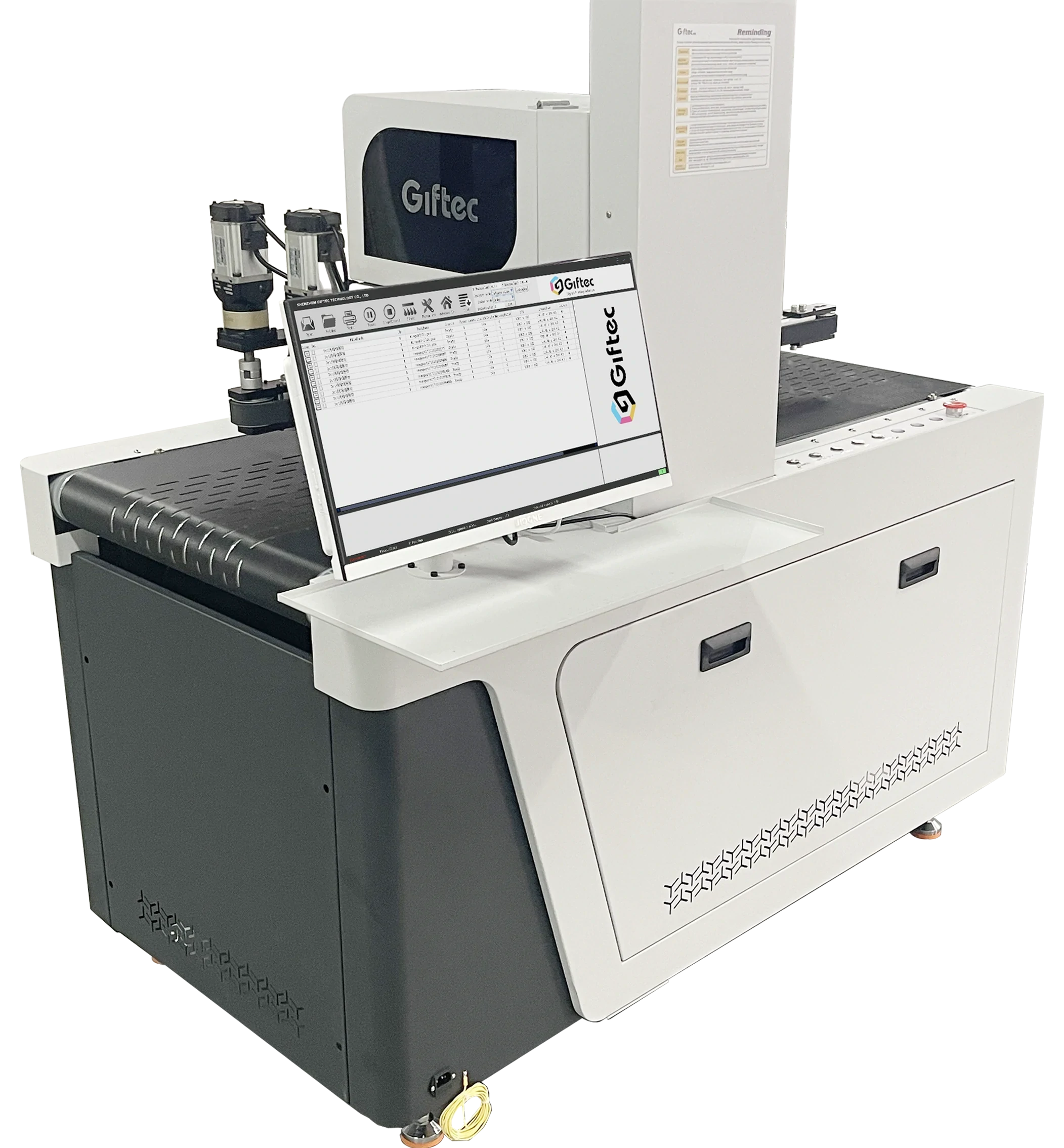As your business grows, so does your data. Whether it’s customer records, project files, high-resolution media, or IoT-generated data, the need for storage expansion is constant. That’s where Object Storage Solutions come into play. These systems are specifically built to scale effortlessly, giving businesses the power to expand storage on-demand—without disrupting workflows or draining resources. In fact, Object Storage Solutions are one of the few technologies that grow alongside your business without hitting performance bottlenecks or incurring massive upgrade costs. And as modern companies demand flexibility and rapid adaptability, Object Storage Solutions provide the backbone to keep digital assets organized, secure, and accessible—no matter how much data you’re dealing with.
Why Scalability Matters More Than Ever
We live in a data-driven world. Every business—small or large—relies on data to make decisions, serve customers, analyze trends, and stay competitive. From e-commerce platforms tracking customer interactions to video production companies managing terabytes of footage, data is at the heart of it all.
Exponential Data Growth
Global data creation is projected to reach hundreds of zettabytes in the coming years. That means businesses need storage solutions that don’t just handle today’s needs, but can also support tomorrow’s unexpected growth. Scalability ensures you never have to pause operations just to upgrade infrastructure.
Avoiding Storage Bottlenecks
Traditional storage systems come with physical limitations. Once they fill up, you’re often stuck with slowdowns, downtime, or complex migrations. Scalable storage removes these roadblocks by allowing you to expand seamlessly—either on-premises, in hybrid models, or across multiple sites.
How Scalable Storage Works
Horizontal vs. Vertical Scaling
- Vertical scaling means adding more resources (like RAM or CPU) to an existing server.
- Horizontal scaling, which is how object storage generally works, means adding more servers or nodes to increase capacity and performance.
Horizontal scalability is key to uninterrupted growth because it allows your infrastructure to scale linearly—just plug in more storage nodes, and you’re ready to go.
Elastic Architecture
Modern object storage uses a flat architecture without rigid file hierarchies. This makes it easier to add new objects (data) without re-structuring directories or reorganizing file paths. The architecture is inherently elastic—designed to stretch as far as your data demands go.
The Role of Object Storage in Scalability
So, what makes object storage stand out?
1. Unlimited Capacity
Unlike file systems or block storage, object storage doesn’t rely on folder hierarchies or disk limitations. It stores data as objects in a flat namespace, which means you can store billions of files without degradation in performance.
2. Flexible Deployment
Whether you’re running your infrastructure in a private data center, a multi-cloud environment, or hybrid settings, object storage fits right in. Its API-based nature allows easy integration with existing applications.
3. Pay-as-You-Grow Model
You don’t have to buy petabytes of storage upfront. Start with what you need and scale up as your usage increases. This reduces capital expenditure and improves budget predictability.
Real-World Examples of Scalability Needs
A Media Production Company
A video editing firm may start off storing 10TB of raw footage per month. As they land new clients, this could triple or quadruple in months. With scalable object storage, they can increase capacity on demand—no migration needed.
An E-Commerce Business
Online stores collect massive amounts of product images, customer data, reviews, and transaction logs. During peak seasons like Black Friday, data generation spikes. Scalable systems let them scale up without slowing down the customer experience.
Healthcare and Genomics
Hospitals and research labs gather terabytes of patient scans and genome data. These files must be stored securely and retrieved fast. Scalable storage ensures they can add more space without touching sensitive patient data already stored.
Advantages of Scalable Object Storage
Cost-Efficiency
Buy only what you need, and expand when necessary. No need for massive up-front investments or hardware overhauls.
Simplified Management
Adding more storage is often as easy as clicking a button or adding a new node. You don’t have to reconfigure your systems or pause operations.
High Availability
Scalable object storage systems are built with redundancy and fault tolerance. Even as you expand, you maintain high levels of data availability and durability.
Future-Proofing
As new technologies emerge—like AI, big data, or machine learning—you’ll need storage that can handle increasing demands. Scalable solutions keep your infrastructure ready for what’s next.
Integration with Business Workflows
Scalable storage isn’t just about space—it’s about performance, reliability, and compatibility. Object storage integrates seamlessly with backup software, archiving tools, analytics platforms, and enterprise content management systems.
API-Based Access
Object storage supports RESTful APIs, making it easier for developers to build apps and automate storage management.
Compatibility with Modern Tools
From container-based platforms (like Kubernetes) to virtualization environments, object storage works with a wide variety of tech stacks. This makes it a versatile solution for businesses across industries.
Conclusion
In today’s fast-paced digital economy, data is growing faster than ever. To keep up, businesses need storage systems that can scale effortlessly. Scalability is no longer a luxury—it’s a necessity. That’s why Object Storage Solutions are the go-to choice for organizations that demand flexibility, growth potential, and cost-efficiency. By offering virtually unlimited storage capacity, seamless integration, and simplified expansion, object storage ensures your data infrastructure evolves with your business—not against it.
FAQs
1. What makes object storage more scalable than traditional storage?
Object storage uses a flat architecture and stores data as discrete objects with metadata. This allows it to scale horizontally by simply adding more nodes or drives, unlike traditional systems that struggle with directory limitations.
2. How quickly can I scale object storage to meet demand spikes?
Most object storage platforms allow you to scale almost instantly—by adding additional capacity or nodes without downtime or disruption.
3. Can object storage be used for both active data and archives?
Yes, object storage is great for both hot and cold data. Its architecture supports high-performance access while being cost-efficient for long-term archiving.
4. Is scalable object storage secure?
Absolutely. Many object storage systems include encryption, access controls, and versioning to protect your data as you grow.
5. Do I need to reconfigure applications when I scale my storage?
Not usually. One of the strengths of object storage is that expansion doesn’t affect the structure or accessibility of existing data, making application reconfiguration unnecessary in most cases.
















Leave a Reply